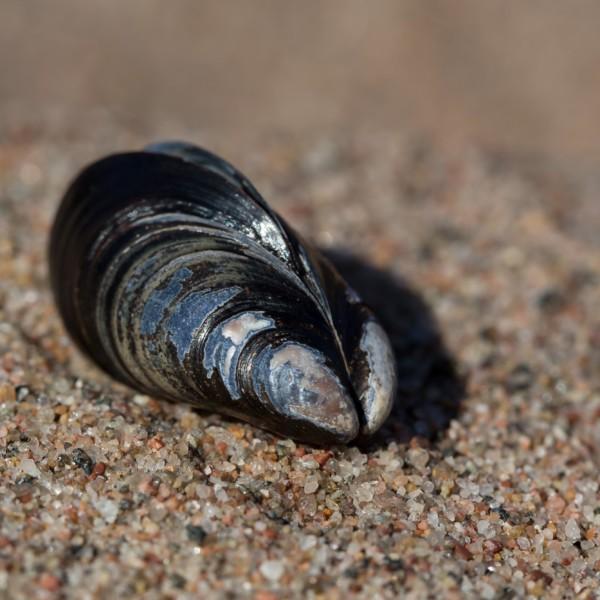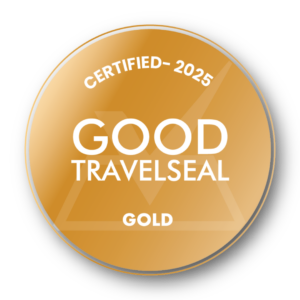Take a walk on the beach and gather stones and mussel shells that have floated ashore. Do you recognize three of our most common mussels and how they live?
- Baltic clam or Baltic macoma, Macoma Balthica
Finding the softly triangular shell of the Baltic clam on the sand bottoms is easy. They are white, sometimes slightly yellow or pink. The mussel lives dug down 3-8 cm into the soft sea beds. It lies on its side and has two air tubes or siphons, sticking out of the sea bed. The Baltic clam can grow about 2.5 cm large and live for 5-10 years.
- Blue mussel or Sea mussel, Mytilus edulis
Blue mussels or sea mussels eat phytoplankton. A small mussel can filtrate several litres of water an hour, and together they are calculated to filtrate the water volume of the whole of the Baltic at least once a year. In the Baltic the blue mussel only grows to about 5 cm in size. It is an important food for flounders and eider ducks.
- Soft-shell clams or Sand gaper, Mya arenaria
When you wade on a shallow sand bottom you can see soft pipes, the size of fingers, sticking out from the sand. It may be the air tubes of soft-shell clams or sand gapers. They live dug down into the soft sea beds. When a sand gaper has dug itself down, it basically stays put for the rest of its life. It can grow to about 5 cm in size.





